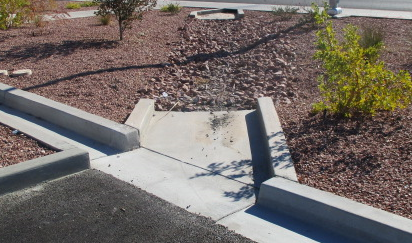Stormwater Post BMPs

The subject of Post Best Management Practices can be extensive, but this blog will only highlight some of the various types typically used and the conditions govern them. In many places in the southwest for example the lack of water in reservoirs may prohibit infiltration practices while in other states it's encouraged. As with any design the regulatory standards, policies or regulations govern. Where infiltation systems are utilized the geotechnical report must clearly identify whether or not it's feasible. Soil types of clay and flat slopes may preclude any designs incorporating infiltration. Other factors such as liquidfaction of the soils and the proximity to groundwater are also considerations. In acceptable soils types the infiltration rate should a) meet regulatory requirements and b) include safety factors to ensure that the design storm infiltrates completely. There are several product manufactureres now that offer "biofilitration"' systems. These are used when site filtering is required but can not feasiblity allow for natural infiltration. What designers must consider when looking at these ready made systems is that they must first check with the local jurisdiction to make sure it's been approved for use.
In nearly all designs for post BMPs the design storm volume must be determined. Typically used is a 2 year, 24 hour storm However high intensity short duration storms that occur in the desert southwest have been used in design volume considerations. Some of these are empirical based equations or derived from rainfall maps and curves from more frequent shorter return period storm events. Again the local agency you're working with will have it's own design storm guidances to use. These equations are provided in the design standards to determine the water treatment volume.
The most common BMPs are those that naturally filter developed site water. Earth lined swales and fine landscape rock swales are used. Permeable pavement or pavers are one such way to allow for run-off infiltration. In regions that require run-off drainage in lieu of infiltration, parking lot landcaping islands with curb openings promotes natural site filtering of first flush water prior to discharging out the public right-of-ways. Other designs such as onsite storm drains with built in oil/water separators are typical treatment systems.

